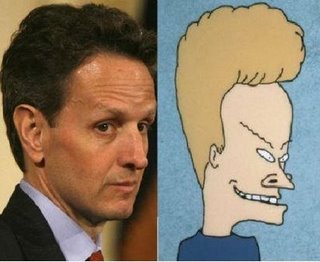It has been one year since the earthquake and tsunami which caused the Fukushima nuclear power plant catastrophe. From the very beginning (March 14, 2011) I suspected a cover-up:
Since the Fukushima nuclear crisis began, we were given spotty, uninformative reports about the extent of the damage to the critical equipment, despite assurances that the “reactor vessels remain intact”.
Throughout the year following the Fukushima disaster, there has been an unending series of accounts concerning efforts by the plant operator, Tepco, as well as by governmental officials to cover-up the true extent of this tragedy. The hazardous radiation levels to which local residents were subjected, have become the focus of the most recent news reports exposing cover-up tactics. Asia Times correspondent Pepe Escobar was recently interviewed for Russia Today. Escobar reported that Fukushima officials concealed radiation data vital to safely evacuate people from that area. This was accomplished by the deletion of e-mails detailing the spread of radiation. An unidentified official (or several officials) from Fukushima prefecture should face responsibility for the loss of that data. At one point during the interview, Escobar remarked that the situation “sounds and looks and quacks like a major cover-up”. He expects that ultimately, “a low-level official” will take the fall for this transgression, with no consequences other than a generous severance package.
The Mainichi Daily News report on this suspicious situation revealed that officials from Fukushima prefecture deleted five days of early radiation dispersion data. In typical bureaucratic fashion, Fukushima prefecture officials claimed that “it was the responsibility of the central government to release the data”.
The obfuscation tactics employed by the plant operator, Tepco, have been apparent since the onset of this disaster. Nevertheless, Tepco continues to “play dumb”. In a March 28 report by Karen Sloan of the Associated Press, Tepco characterized the situation with the explanation that “conditions could be worse than officials had pictured”. The report pointed out that there are “fatally–high radiation levels” at the #2 reactor with less water than anticipated available for cooling the reactor. The damage is so severe that Tepco will need to “develop special equipment and technology” to decommission the plant. Worse yet, the other reactors which experienced meltdowns “could be in worse shape”. You can watch the video version of Karen Sloan’s report here. As for those “fatally–high radiation levels”, Anne Sewell of the Digital Journal pointed out that measurements revealed those levels to be “up to 10 times the lethal dose”. Beyond that, Ms. Sewell didn’t hesitate to remind her readers of the continuing problems encountered by those who have reported on this crisis:
Japanese authorities and Tepco representatives have been caught lying about the true situation at Fukushima on numerous occasions, which adds to the overwhelming stress on the residents.
First-hand accounts of the situation in Fukushima prefecture are provided by blogger Lori Mochizuki and her cohorts at the Fukushima Diary website. Their motto appears on the masthead of the site: “We are against the media blackout – Please support us so that we may inform the world.”
Those interested in keeping-up with the slow trickle of truth about this tragedy can follow the Fukushima Update website. Arnie Gundersen, Chief Engineer of Fairewinds Associates, is another source who provides regular updates on Fukushima.
As we have witnessed in the aftermath of the financial crisis, those entities responsible for the world’s worst disasters always find themselves rewarded with taxpayer-funded bailouts. The Fukushima nuclear catastrophe is yet another example of this principle. On March 29, Kentaro Hamada of Reuters reported that Tepco has asked the Japanese government for a $12.6 billion taxpayer-funded bailout. (This amounts to 1 trillion yen.) This amount would be in addition to the 850 billion yen which Tepco requested from the government in order to provide victim compensation. That’s right – a free $10.7 billion insurance policy! Is that coverage available to other companies? I’m afraid to ask! Nevertheless, some Japanese officials insist that the indemnity should come at a price – as the Reuters article explained:
The government is keen to obtain an initial majority stake in Tepco in return for the fund injection, with an option to boost the stake to two-thirds if the firm drags its feet on corporate reforms. A final decision, however, would have to wait until the company finds a new chairman, a second source with knowledge of the matter said.
* * *
Trade Minister Yukio Edano, who is responsible for approving a public fund injection, has said he wants the government to have a significant say in managing Tepco, but the two sides have differed over how big the government stake should be.
Moral hazard and nuclear radiation hazard make such a wonderful combination!
